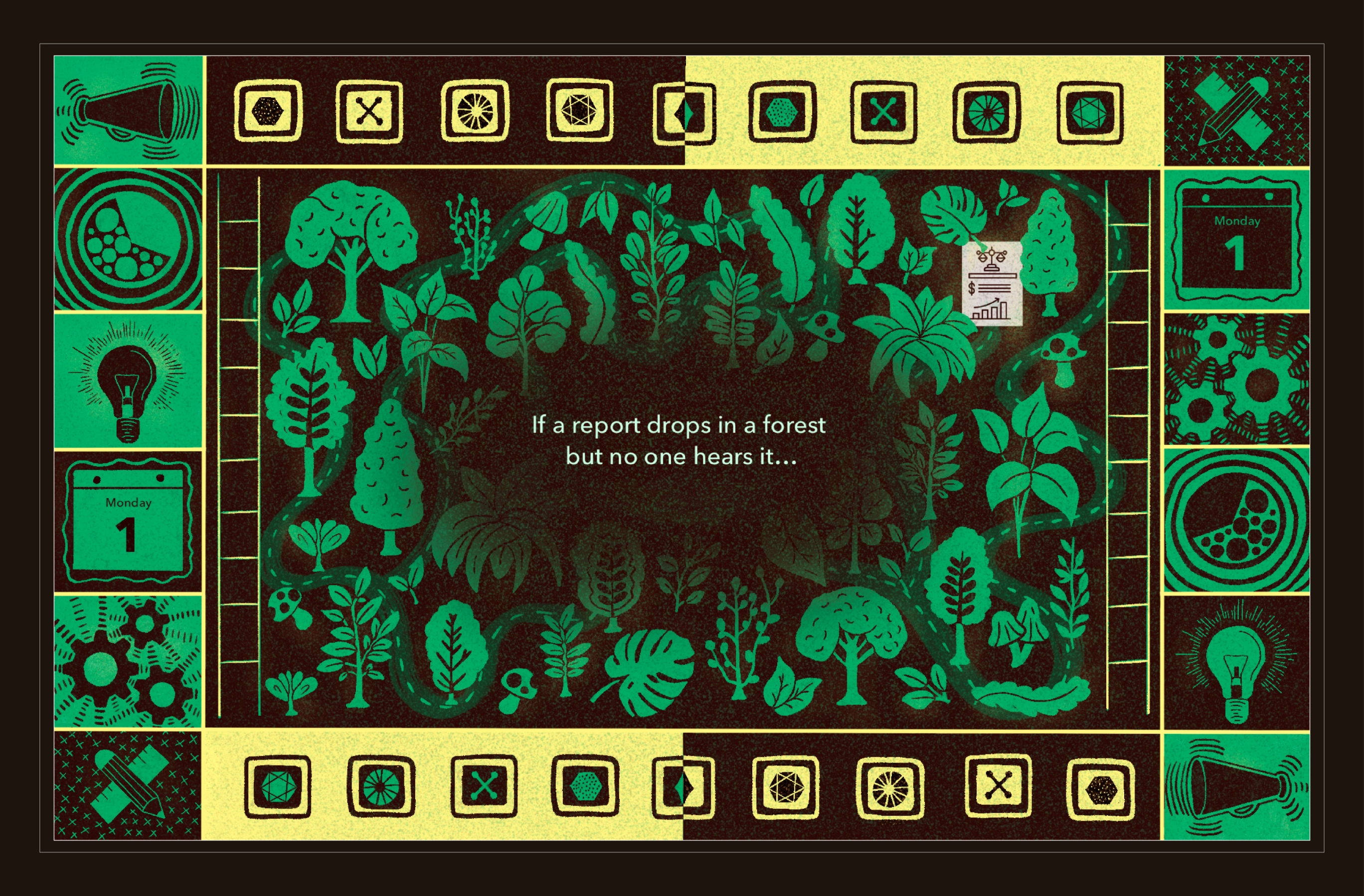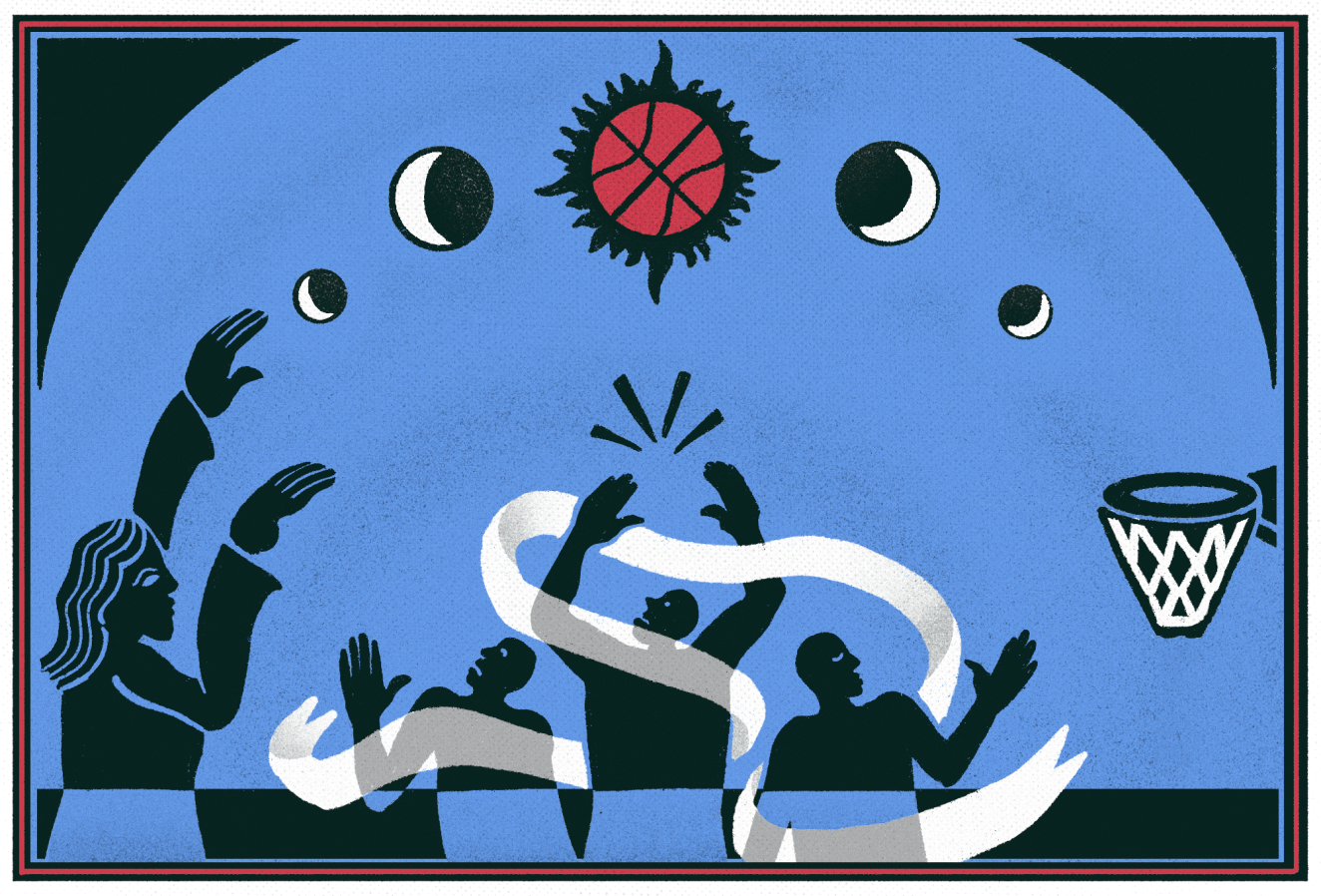
Almost one-third of PDFs on corporate websites—including white papers and other downloadable thought leadership content—have never been seen by a potential customer, according to the World Bank.
It’s not just that there’s too much thought leadership; it’s that a lot of it isn’t very good.
According to a Forrester B2B survey:
Fifty-nine percent of global technology decision-makers agreed that “much of the material” in thought leadership content “is useless,” while 70% of global technology decision-makers said there’s too much focus on style rather than substance.
The trajectory of thought leadership is akin to that of TED Talks. Remember when they were so groundbreaking and unifying? They were the gold standard of ideas and delivery. But as the organization morphed into TEDx, the concept was watered down. There were too many people, the talks were too formulaic, and they were too directly in the service of marketing.


The situation might get worse, though, if people start using AI to generate thought leadership material instead of doing the hard work of squeezing original insights from their own brains (filtered through their own experiences and feelings to connect on both the intellectual and human levels with audiences). With ChatGPT in their pockets, more people will feel empowered to call themselves thought leaders, and more mediocre posts and pieces will get published.
We will keep preaching the importance of thought leadership to our executive clients, because we believe that the best of the genre creates true excitement around the brand, builds audience trust, ensures alignment, and ultimately motivates action and engagement, including conversions.
Plus, it’s at the heart of our origin story: One of SJR’s early collaborators was Beth Comstock, a leader among thought leaders. Her innovative way of thinking and willingness to try new things, paired with our journalistic sensibilities and vision of reimagined owned-channel publishing, catapulted us both to new heights.


Beth is the Lebron James of thought leaders. Maybe the best analogy for what’s happening now in the corporate marketing landscape is that every executive is trying out for the NBA, despite a lack of talent, skills, or understanding of the game. It’s…embarrassing.
But just because they aren’t a Beth (or a Lebron) doesn’t mean they can’t wield the power of excellent thought leadership. It means they need to stop trying to play to the masses or compete with the superstars.
